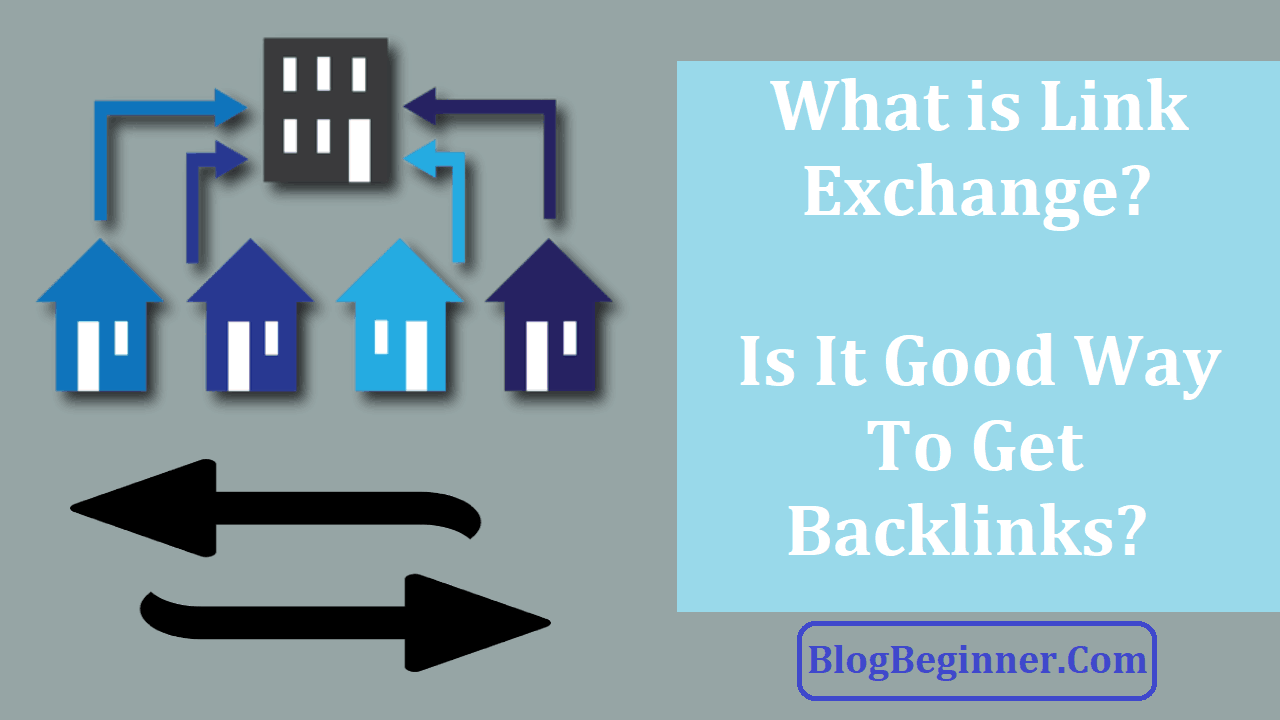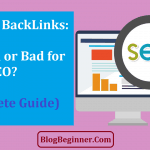Search engine optimization refers to handling our website so that it will get the maximum number of hits. The site should also appear as high as possible in a long list of search results.
Luckily, there are several ways to achieve this, one of which is link exchange.
Contents In Page
An introduction to link exchange
As the name suggests, link exchange is the barter of links with other websites.
We place another site’s link on ours, and in return, they link our page on theirs. It is a very simple exchange of links, implying more eyeballs and hits for our site.
A properly executed link exchange program can turn into a jackpot, increasing the views on our website exponentially.
Let us assume that we are running a website that reviews car tires. If we feature on a famous tire manufacturer’s website, there is a good chance that people will visit our link. They’d rather read a few reviews before deciding to make a purchase!
How is it done?
Before proceeding to link our site, we can perform a few quick checks to improve the end result.
Firstly, searching for keyword combinations on Google gives us a fair idea about what pops up for those keywords.
By visiting those websites that are the top results, we can get a suitable reference point to start our research.
Then, we can contact the owners after carefully scanning websites that are best suited and entail a mutual benefit. Some people might also choose to pay a fee to the other party to host a link.
Backlink exchanges allow users to add their links and repay by adding the user’s website link on other sites. On a short-term basis, these exchanges are great because they quickly push viewer numbers up.
It is clear so far that linking can bring more views and increase traffic to our website. But, it comes with its own share of cons.
Let us evaluate the disadvantages of a link exchange program and see whether they outweigh the pros.
The dark side of link exchange
Google launched its “Penguin” algorithm (2012) in order to tackle the problem of sites spamming and interfering with search results.
Sites exchanging or buying links to boost their ratings were specifically targeted.
Google’s Webmaster Guidelines describe the rules for indexing sites. Exchanging links extensively or using an automated program to backlink a website is a violation.
Likewise, trading links for money to pass PageRank is also considered a breach. “PageRank” is a program that ranks websites based on where they appear in the SERPs.
Any update to the Penguin algorithm might discover new links that are violating the guidelines. Consequently, a website whose ranking dropped because of excessive linking may have learned a lesson and removed a significant number of links.
In this case, it might regain a better ranking. The algorithm works both ways.
Risk factors
-
Excessive link exchange
“Too much of anything is too bad” is the golden rule we should follow while exchanging links. Participating in an excessive link exchange can end up pushing a website down below in PageRank.
If we don’t thoroughly check a website that we are giving our link to, the process itself might become futile. The website may be unrelated, very new with an improper marketing strategy, or already have a bad ranking.
For example, listing a website that provides information about animals on one that’s selling electronic goods is highly irrelevant.
The audience that browses the latter may not have any interest in our website.
On the other hand, linking to a wildlife conservation page makes more sense and helps the audience connect easily.
Also, if the associated website is poorly designed with minimal visual appeal, it’s human tendency to avoid it. Amid a large number of links, our website might not stand out. There’s a higher possibility of it getting missed easily.
-
Credibility
Another important factor that brings users back to a website is the level of trust they have. The trust quotient of a website grows gradually and is directly proportional to the credibility the site has consistently maintained.
If our website contains fact-based and research-based information, linking it to one that takes cues from gossip can spell doom. We are greatly diluting the trust that even our regular visitors have because it appears on a less credible site.
On the other hand, users who first stumble upon the gossip site are not going to click on our link because they are likely to believe that it is going to be similar.
Therefore, researching which websites we want to partner with is imperative for determining whether it would do us any good.
Another plausible issue is that the outgoing links are a part of our data. If clicking on the link takes a user to an irrelevant page, they aren’t going to come back to us.
Alternative solutions
-
Networking
The best way to exchange links in a healthy fashion is by going old-school — building networks. Connecting with like-minded bloggers and franchises that support our domain of work are some of the best ways to get featured.
By doing so, we maintain the credibility that site visitors expect from us.
We can also be satisfied that we are backlinking a trustworthy site, and not just conducting a business transaction.
Plus, we get to interact with many resourceful people from whom we can learn a lot. It might be slow, but it’s sure to get us the right audience and motivate us to create good content.
-
Content is king
Creating distinct, relevant and appealing content can help us gain popularity on the Internet and make our site stand out.
The more useful our content is, the higher the likelihood that people will automatically link to it on their site. Naturally, our website will get more views because of credible and trustworthy work, and not just agreeing to barter links.
-
Present-day tools
Social media is the buzzword among millennials.
So, learning how to promote content on various social media platforms is the key to unlocking maximum traffic. If the content on our site goes “viral,” rest assured that visitors will flock to our website.
The bottom line
Backlinking sure does increase a website’s traffic, but it comes with too many disadvantages. Choosing alternative methods could be more reliable.








![Blog Commenting: How to do It For SEO: [Method to Create Backlinks] Blog Commenting How to do It For SEO Method to Create Backlinks](https://www.blogbeginner.com/wp-content/uploads/2018/10/Blog-Commenting-How-to-do-It-For-SEO-Method-to-Create-Backlinks-150x150.png)